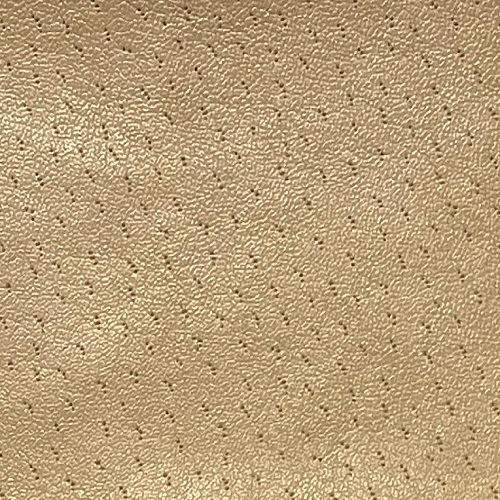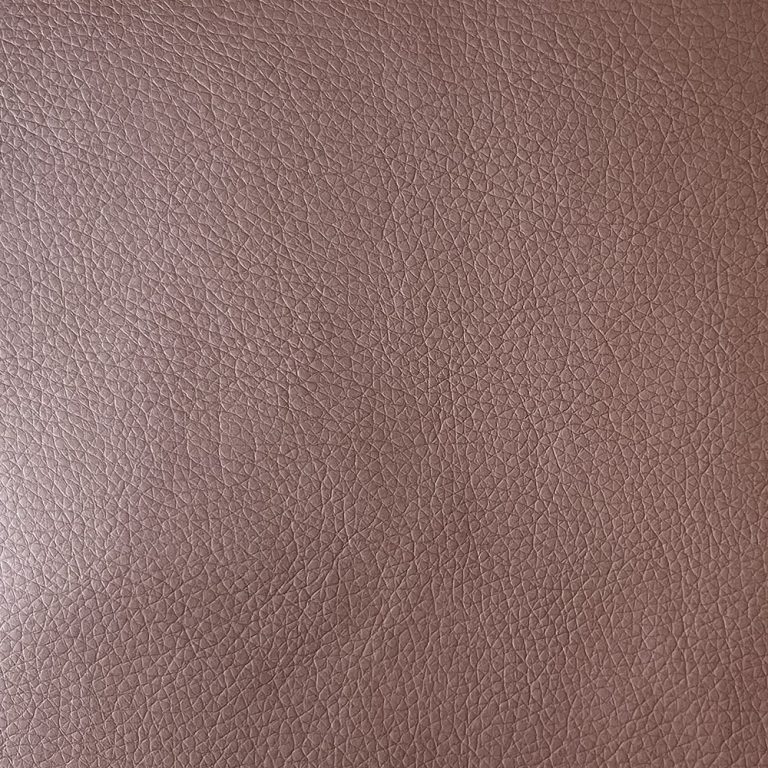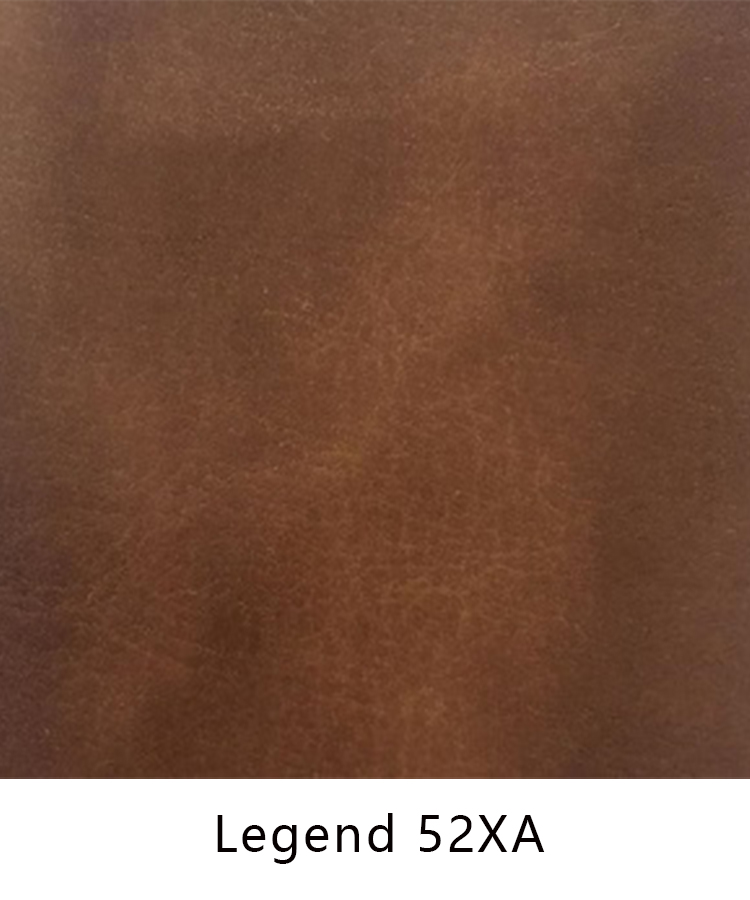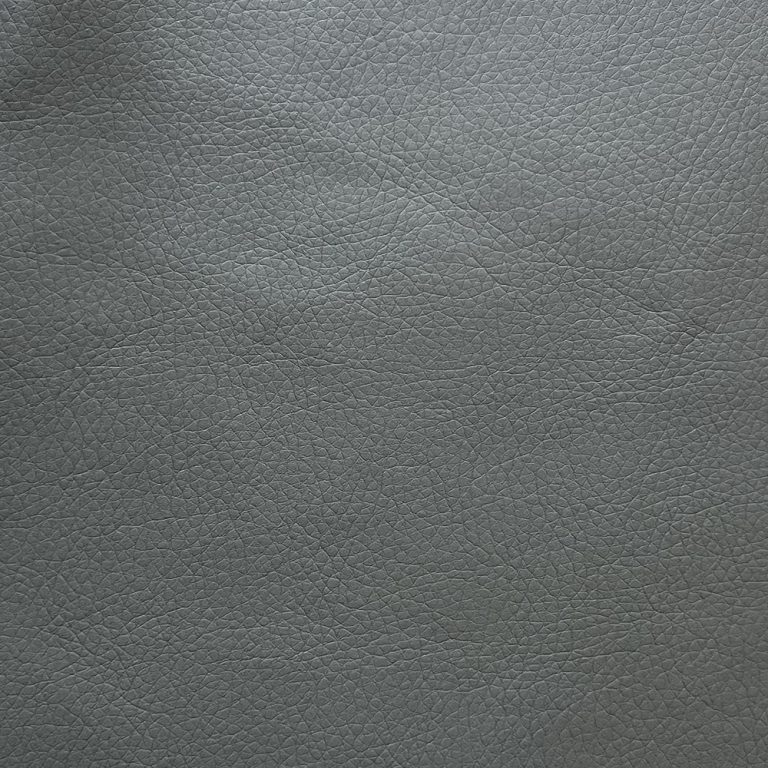Exploring Different Types of Leather for Crafting High-Quality Shoes
Materials for Making a Leather Shoe
Crafting a high-quality leather shoe involves a meticulous selection process of materials. Among the most critical elements is the choice of leather. Leather, prized for its durability, flexibility, and aesthetic appeal, comes in various types, each with its unique characteristics and suitability for shoe crafting. Understanding these different types of leather is essential for shoemakers aiming to produce footwear of exceptional quality.
| Model | Commodity Name |
| S | Shoe Upper |
One of the most common types of leather used in shoemaking is full-grain leather. Renowned for its natural markings and rugged appearance, full-grain leather retains the outer layer of the hide, making it exceptionally durable and resistant to wear and tear. Its natural grain patterns lend a distinctive character to each pair of shoes crafted from it. Additionally, full-grain leather develops a rich patina over time, enhancing its beauty and uniqueness.
In contrast, top-grain leather is another popular choice for shoemaking. Unlike full-grain leather, top-grain leather undergoes a process called sanding or buffing to remove imperfections, resulting in a smoother surface. While it may lack the natural markings of full-grain leather, top-grain leather boasts a more uniform appearance and a softer feel. This makes it a preferred option for shoes requiring a sleek and polished look, such as dress shoes.
For shoemakers seeking a balance between durability and affordability, corrected-grain leather offers a compelling option. Corrected-grain leather undergoes additional processing to remove imperfections, followed by an application of artificial grain patterns for a uniform appearance. While it may lack the natural characteristics of full-grain or top-grain leather, corrected-grain leather is more budget-friendly and suitable for mass-produced footwear.
Another type of leather commonly used in shoemaking is suede. Suede, prized for its soft texture and luxurious appearance, is made from the inner layer of the hide, known as the split. Its velvety surface adds a touch of elegance to casual and formal shoes alike. However, suede is more prone to staining and requires regular maintenance to preserve its appearance.
In addition to these traditional types of leather, exotic leathers such as ostrich, alligator, and snake skin are also used in luxury shoemaking. These exotic leathers offer a unique aesthetic appeal, characterized by their distinctive patterns and textures. However, they often come with a higher price tag and require specialized care during crafting and maintenance.

When selecting leather for shoemaking, it is crucial to consider factors such as intended use, aesthetic preferences, and budget constraints. While full-grain leather offers unmatched durability and character, top-grain leather provides a sleek and polished look. Corrected-grain leather offers a more affordable option, while suede adds a touch of luxury to casual and formal shoes. Exotic leathers, though expensive, offer unparalleled uniqueness and prestige.

In conclusion, the choice of leather plays a pivotal role in crafting high-quality shoes. Each type of leather offers its unique blend of characteristics, from durability and elegance to affordability and luxury. By understanding the different types of leather available and their suitability for shoemaking, craftsmen can create footwear that not only looks exquisite but also stands the test of time. Whether it’s the rugged charm of full-grain leather or the luxurious feel of suede, the right choice of leather sets the foundation for exceptional craftsmanship and unparalleled comfort.







